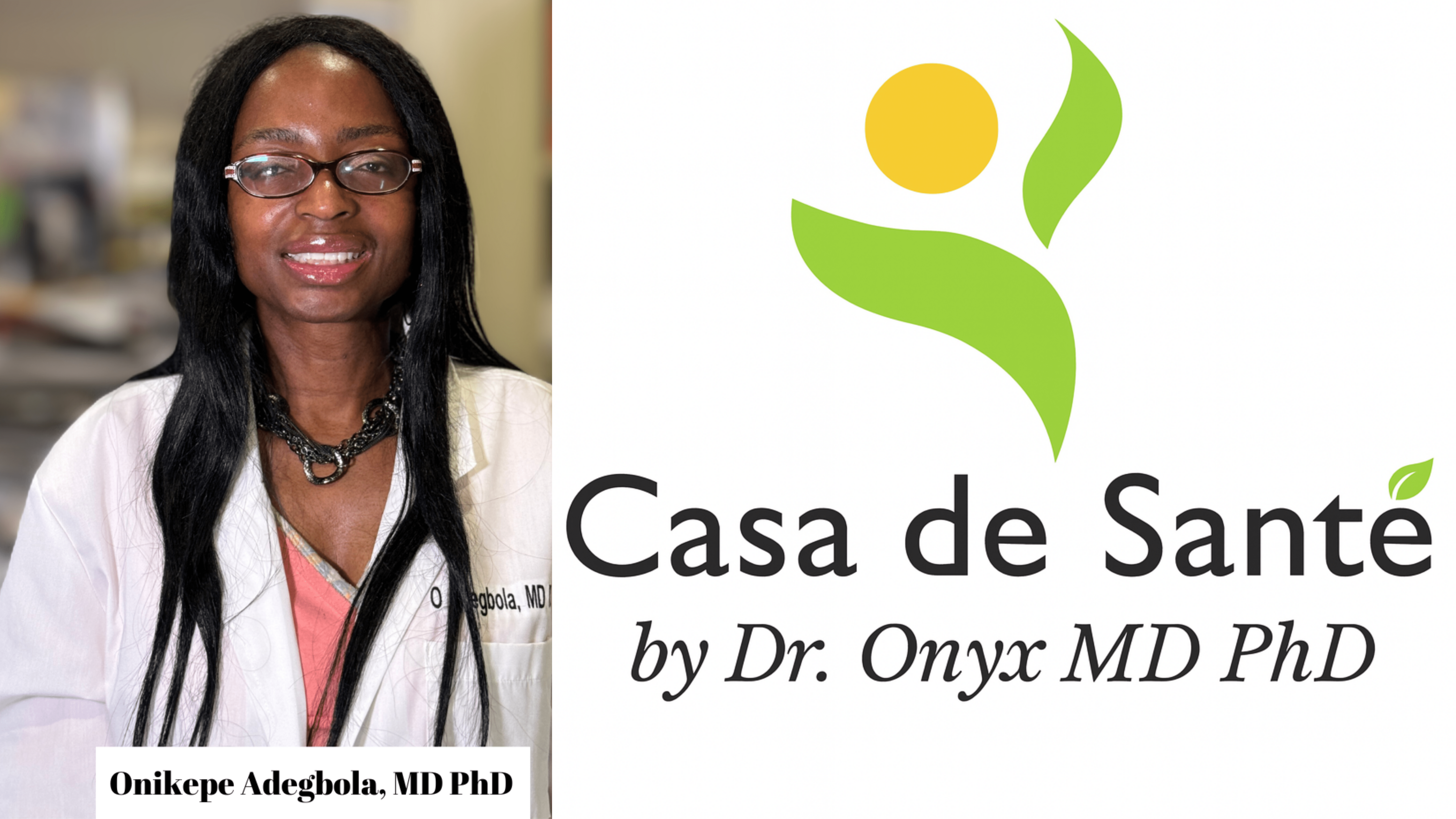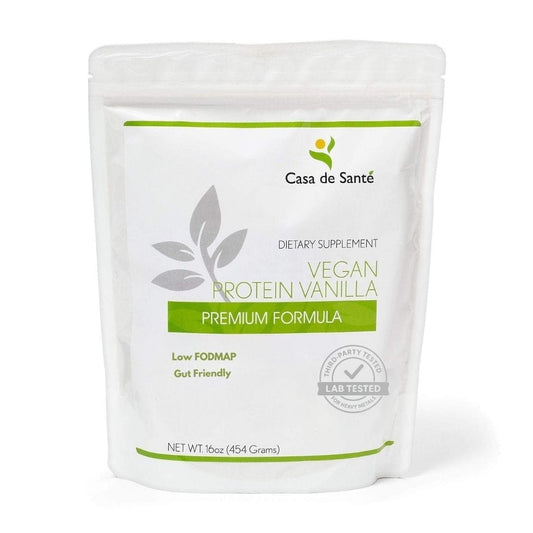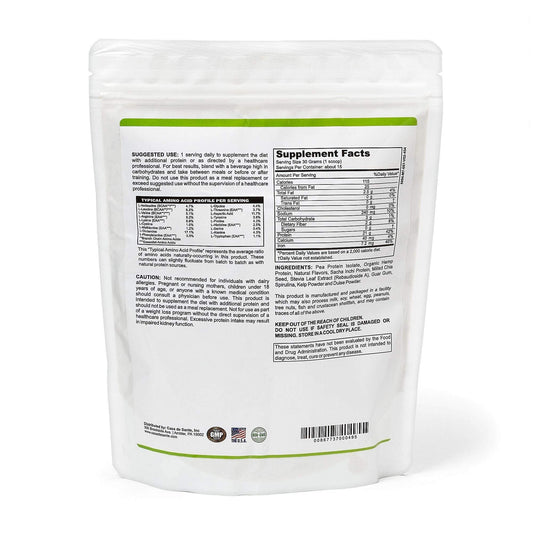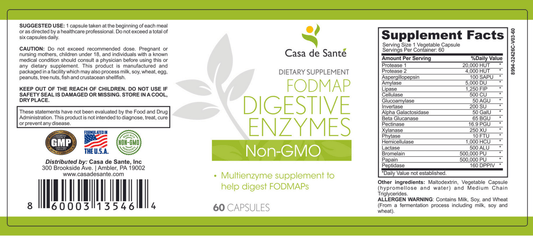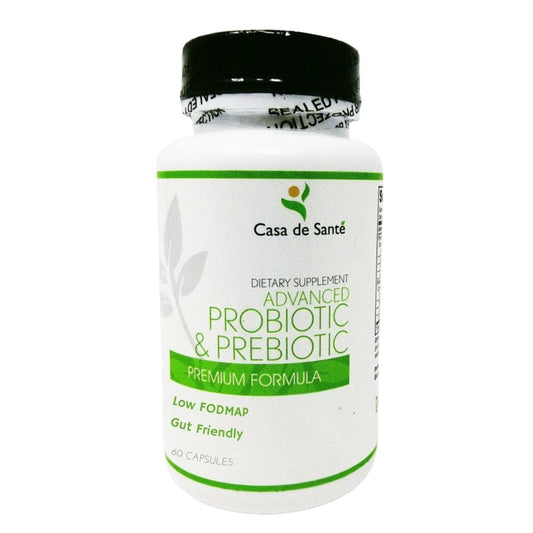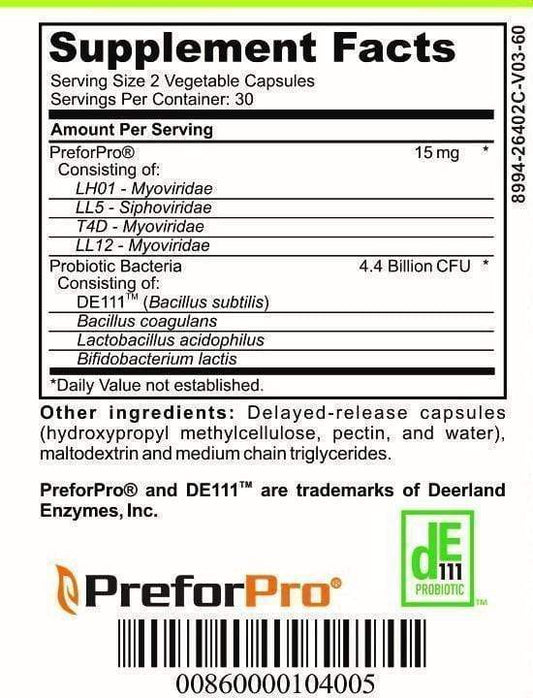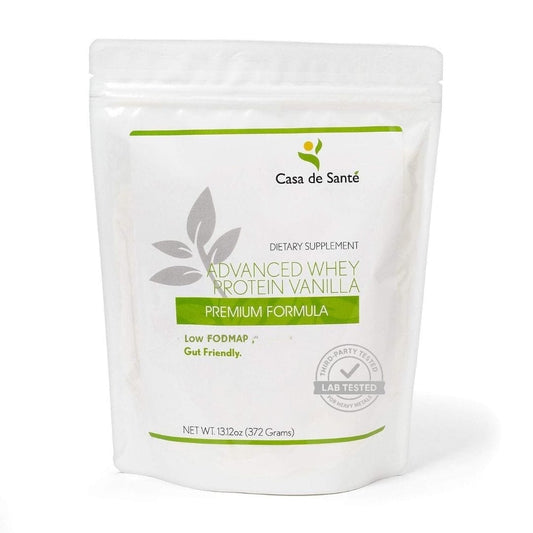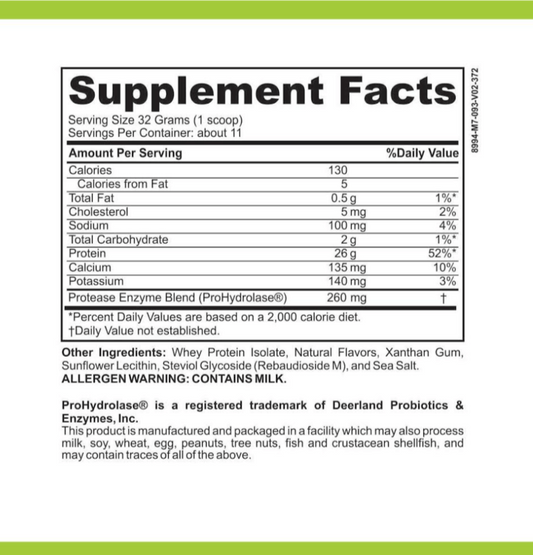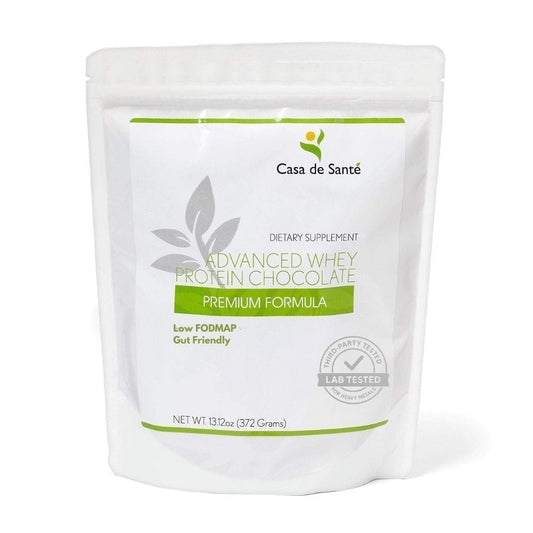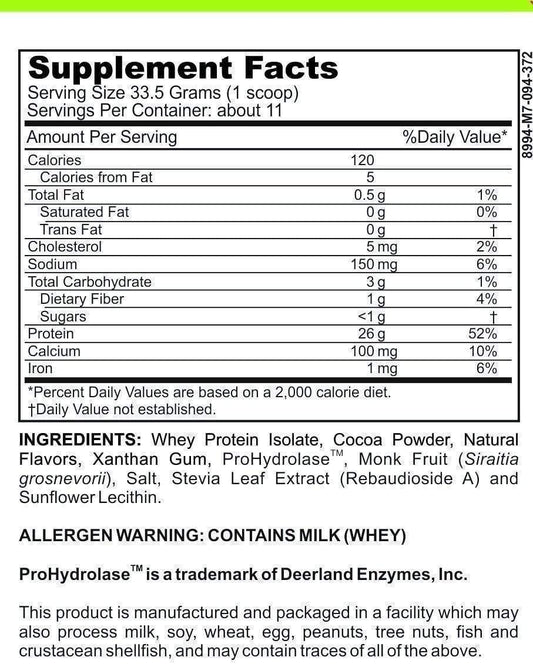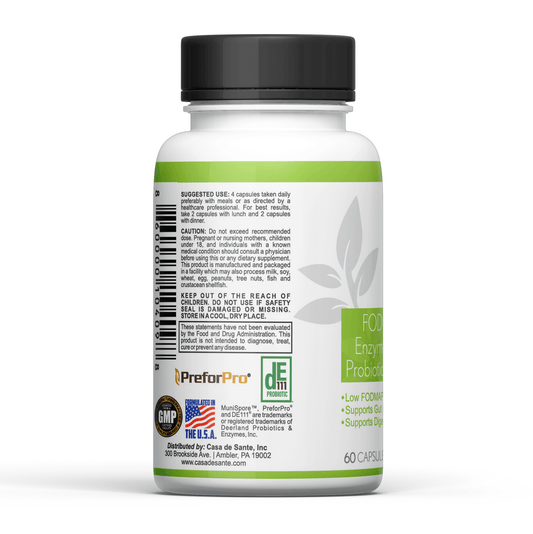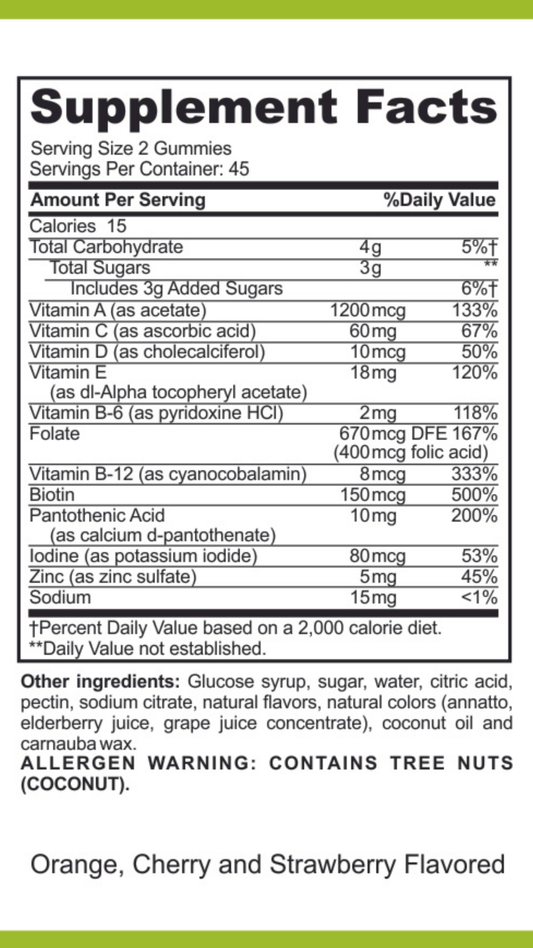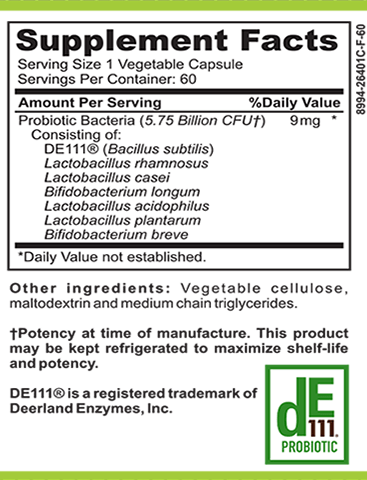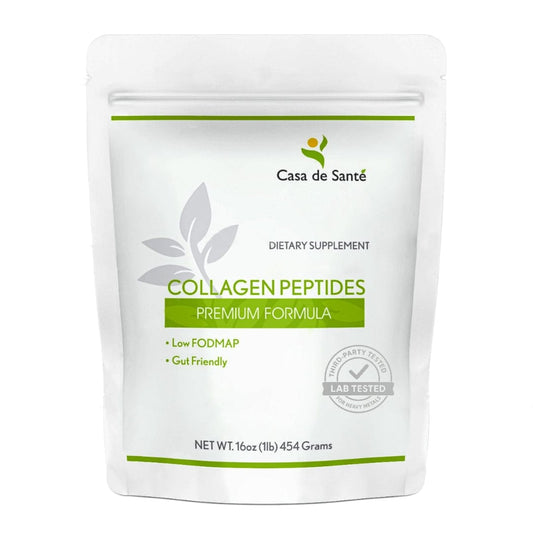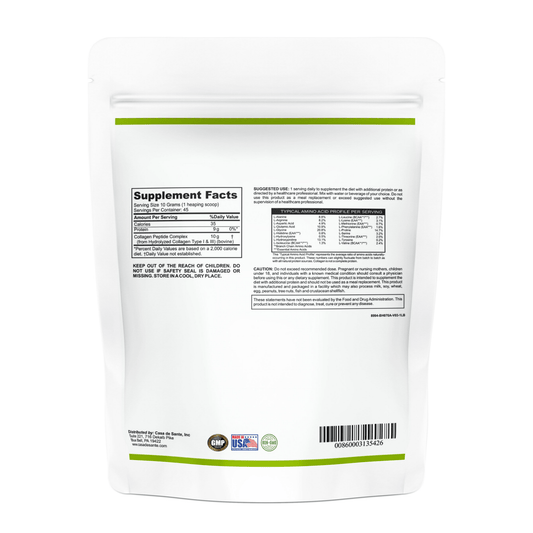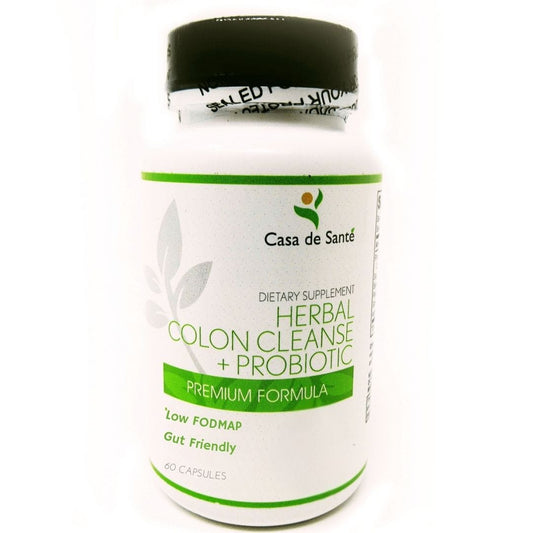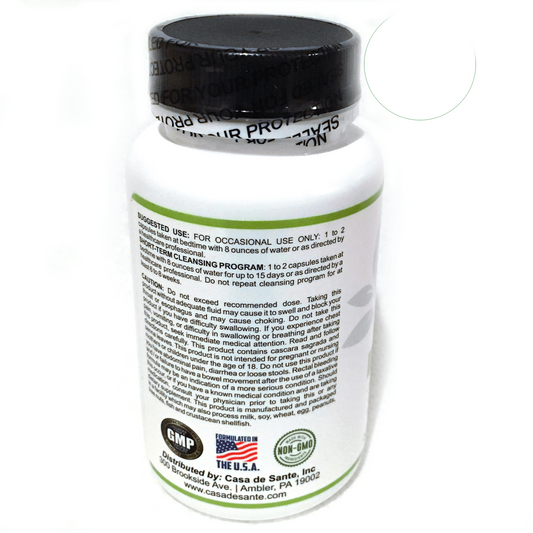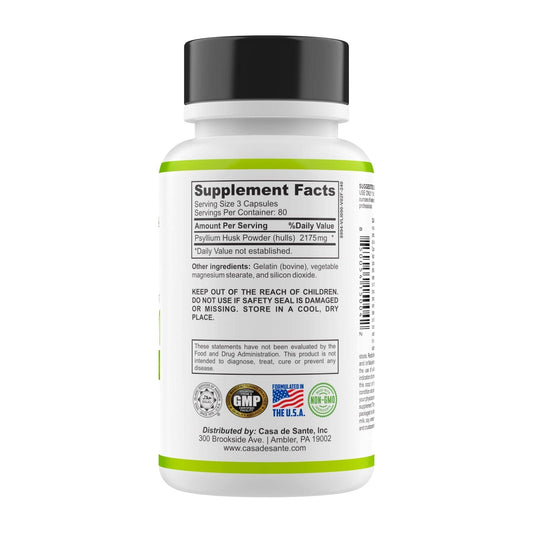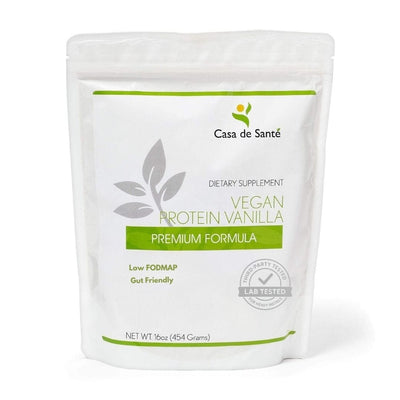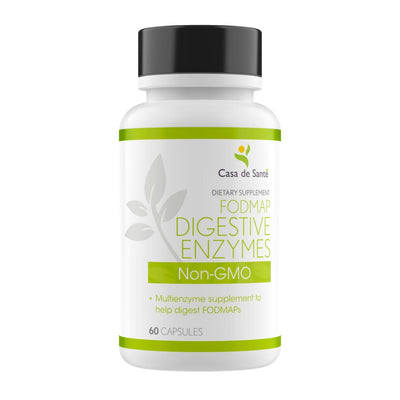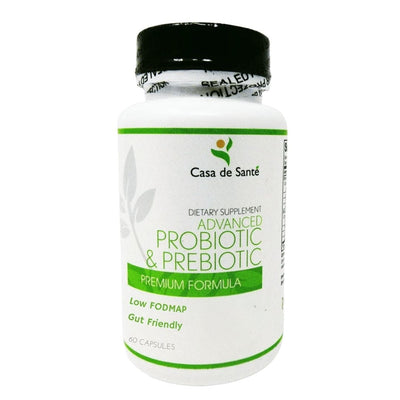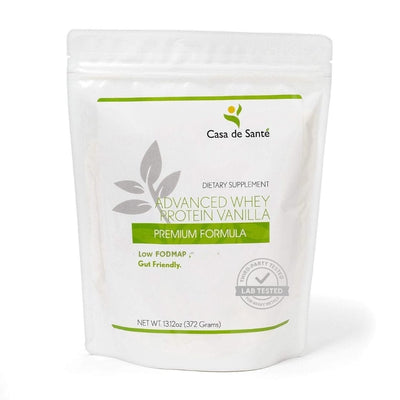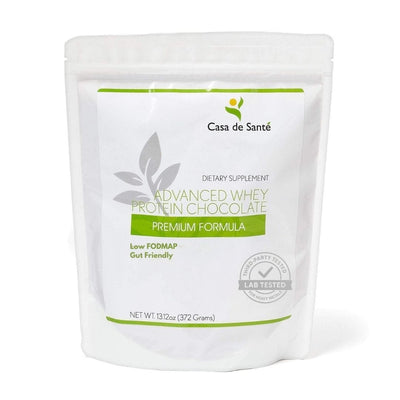The Facts Behind Almond Milk Pasteurization You Need to Know
The Facts Behind Almond Milk Pasteurization You Need to Know
Almond milk is a popular and nutritious plant-based alternative to traditional dairy milk. However, one area that often sparks debate among consumers and health enthusiasts is the pasteurization of almond milk. In this in-depth article, we delve into everything you need to know about almond milk pasteurization, including methods, safety concerns, the science behind it, and the potential implications on taste and nutritional value.
The Truth About Almond Milk Pasteurization
Firstly, what is pasteurization? Pasteurization is the process of heating food products, such as milk, to a specific temperature for a specific time period to kill any harmful bacteria while retaining its nutritional value. Almond milk typically undergoes pasteurization to extend its shelf life and ensure it is safe for consumption.
Understanding the Different Methods of Pasteurization
There are two main methods of pasteurization: high-temperature short-time (HTST) and ultra-high temperature (UHT). HTST pasteurization involves heating the almond milk to 161 degrees Fahrenheit for 15 seconds, while UHT involves heating the milk to 280 degrees Fahrenheit for two seconds. Both methods effectively kill off any harmful bacteria, but UHT pasteurization results in a longer shelf life compared to HTST.
Is Unpasteurized Almond Milk Safe to Drink?
Some consumers prefer unpasteurized almond milk due to concerns surrounding the potential loss of nutritional value during the pasteurization process. However, unpasteurized almond milk can pose a significant risk for foodborne illnesses, such as salmonella and E. coli. Therefore, it is recommended to opt for pasteurized almond milk for safety reasons.
Benefits of Pasteurized Almond Milk
In addition to ensuring safety, pasteurization also has other benefits for almond milk. It helps to break down enzymes that can cause spoilage and off-flavors, resulting in a more consistent and better-tasting product. Pasteurization also helps to preserve the nutritional value of almond milk by reducing the risk of bacterial contamination that can lead to nutrient loss.
The Science Behind Pasteurization
Pasteurization works by heating the almond milk to a temperature that is lethal to any harmful bacteria present, without significantly impacting the nutritional value or taste of the milk. The temperature and time duration required for pasteurization depend on the method used, as previously mentioned. By inactivating the bacteria through pasteurization, the shelf life of the almond milk is effectively extended while ensuring its safety for consumption.
How Pasteurization Works to Kill Harmful Bacteria
When heated, the harmful bacteria present in almond milk are denatured and destroyed due to the heat. Specifically, pasteurization targets and kills bacteria such as E. coli and Salmonella, which can cause severe illness and potentially fatal consequences in some individuals.
It is important to note that while pasteurization effectively kills harmful bacteria, it may also destroy some of the beneficial bacteria and enzymes present in the almond milk. This is why some individuals prefer to consume raw, unpasteurized almond milk, despite the potential risks. However, it is important to weigh the potential health benefits against the risks when making this decision.
Common Foods That Undergo Pasteurization in the U.S.
Almond milk is not the only food that undergoes pasteurization in the U.S. Milk, cheese, and other dairy products commonly undergo pasteurization to ensure their safety for consumption. Other foods such as fruit juice, cider, and eggs may also undergo pasteurization.
In addition to the aforementioned foods, some types of beer also undergo pasteurization in the U.S. This process helps to extend the shelf life of the beer and maintain its flavor. However, some beer enthusiasts argue that pasteurization can alter the taste of the beer and prefer to drink unpasteurized beer.
Another common food that undergoes pasteurization in the U.S. is canned or bottled tomato products such as tomato sauce, tomato paste, and canned tomatoes. This process helps to eliminate harmful bacteria and increase the shelf life of the product. However, some people prefer to use fresh tomatoes in their cooking to avoid the taste of the preservatives used in canned or bottled tomato products.
The Benefits of Pasteurization for Food Safety
Pasteurization is a critical process for ensuring the safety of our food supply. By killing off any harmful bacteria present, pasteurization helps to reduce the risk of foodborne illness, which can have severe and potentially fatal consequences for certain individuals. Additionally, pasteurization helps to extend the shelf life of products, reducing food waste and increasing availability for consumers.
How Pasteurization Helps to Prevent Foodborne Illnesses
The heating process involved in pasteurization effectively eliminates harmful bacteria present in foods such as almond milk, thus preventing foodborne illnesses. The Centers for Disease Control and Prevention (CDC) estimates that pasteurization prevents hundreds of thousands of cases of foodborne illness each year in the United States alone, highlighting its importance for food safety.
The Environmental Impact of Pasteurization
While pasteurization is crucial for food safety, it also has an environmental impact. The heating process requires energy, which contributes to greenhouse gas emissions and climate change. However, advancements in technology have allowed for more energy-efficient pasteurization methods, such as using renewable energy sources or optimizing the heating process. Additionally, the reduction in food waste due to pasteurization can also have a positive environmental impact by reducing the amount of food that ends up in landfills.
Examining the Potential Drawbacks of Pasteurization
Despite its many benefits, pasteurization can also have potential drawbacks depending on the food being processed. Some consumers express concern over the potential loss of nutritional value and taste alteration caused by pasteurization.
Does Pasteurization Affect the Nutritional Value of Foods?
Research suggests that while pasteurization may lead to a slight loss of some heat-sensitive vitamins and minerals, the impact on overall nutritional value is minimal. Additionally, the nutritional value of pasteurized almond milk remains significant and a viable option for individuals seeking a plant-based milk alternative.
How Pasteurization Can Alter the Taste and Texture of Foods
Some individuals claim that pasteurization can alter the taste and texture of almond milk, making it less desirable than its unpasteurized counterpart. However, studies have shown that the impact on taste and texture is minimal and often comes down to a personal preference. Moreover, the benefits of pasteurization for food safety justify the slight alteration in taste and texture.
Potential Risks Associated with Raw Milk Consumption
While some individuals may prefer unpasteurized milk for its taste and perceived health benefits, it is important to note that raw milk can also pose potential health risks. Raw milk can contain harmful bacteria such as E. coli, Salmonella, and Listeria, which can cause serious illness or even death. Pasteurization is a crucial step in ensuring the safety of milk and other dairy products, and should not be overlooked in favor of unpasteurized options.
Conclusion
In conclusion, almond milk pasteurization is a critical process for ensuring the safety of our food supply. While consumers have expressed concern over the potential impacts on taste and nutritional value, studies suggest that the impacts are minimal. The benefits of pasteurization, including extended shelf life, reduced food waste, and food safety, make it a necessary process for many foods, including almond milk.
However, it is important to note that not all almond milk brands use the same pasteurization process. Some brands use high-temperature short-time (HTST) pasteurization, while others use ultra-high temperature (UHT) pasteurization. HTST pasteurization heats the milk to a lower temperature for a shorter amount of time, while UHT pasteurization heats the milk to a higher temperature for a longer amount of time. This can affect the taste and nutritional value of the almond milk.
Additionally, some consumers may prefer to purchase raw almond milk, which has not undergone any pasteurization process. While this may be a personal preference, it is important to note that raw almond milk carries a higher risk of foodborne illness and should be consumed with caution.
